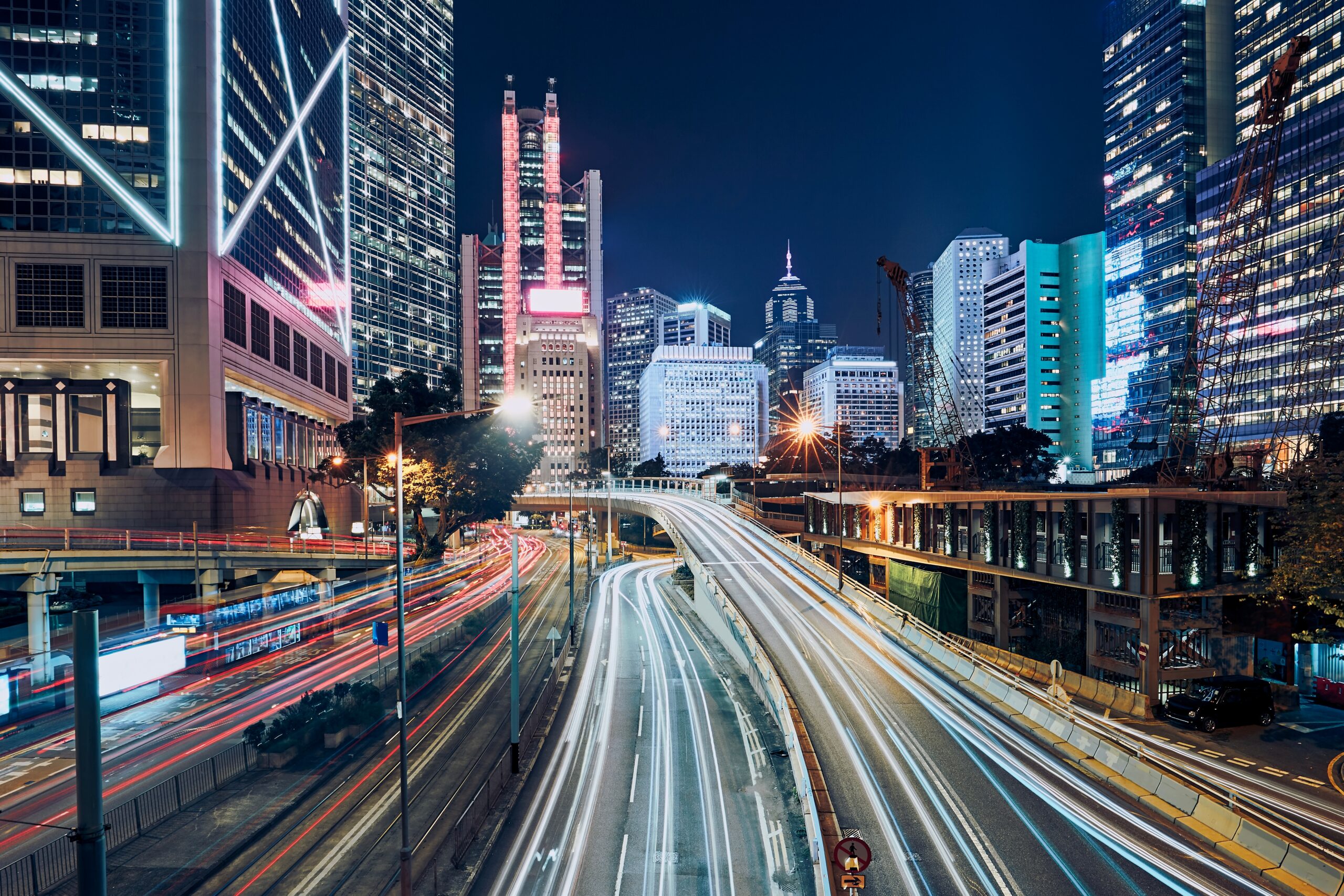As the population increases, traffic congestion has become an increasingly dramatic problem for cities and municipalities. As of now, 55% of the world’s population is living in urban areas, and according to UN reports, it will increase by 68% by 2050; thus, cities must be ready to face the traffic challenges practically.
AutoMax IoT-enabled smart traffic management solution offers a long-term vision for managing traffic, optimizing transportation logistics, and reducing traffic congestion. Smart traffic management solution enables to revolutionize traffic in urban areas in many ways.
These systems monitor and automatically direct traffic while easing congestion using sensors, cameras, cellular routers, and automation. The correct technological solution can be easily upgraded whenever necessary and scaled to any size. These technological advancements simultaneously position Smart Cities for upcoming technological developments, such as connected vehicles.
How AutoMax IoT can manage city traffic
Reducing traffic congestion
Municipalities can manage traffic congestion by optimizing road logistics and routes with the help of real-time traffic data. According to a McKinsey Study, this can reduce commute times in urban areas by 15% to 20%. By synchronizing traffic signals intelligently, encouraging changing speed limits, and giving drivers real-time warnings about the best routes, data can be used to reduce congestion.
Efficient parking system
According to research, city traffic can be attributed to people looking for parking up to 30% of the time. Parking applications using real-time traffic data from connected vehicles include automated payment, open space identification, and intelligent parking planning. Smart parking solutions reduce the number of vehicles circling the block in search of parking, which helps to maintain traffic flow.
Safety and emergency situations
Accidents, bad weather, and other emergencies can majorly impact the drivers and ultimately lead to traffic congestion. Real-time data collected from the sensors can help smart cities predict accidents and weather changes and update drives, thereby reducing fatalities. Sending real-time alerts to drivers, varying speed limits, and implementing adaptive signaling can mitigate hazards and helps to prevent accidents.
Transit planning
Data from sensors help cities plan the most effective routes and maintain system stability, further reducing traffic congestion. Riders and transit workers can be informed of delays and have arrival times updated using real-time traffic data.
Solving traffic with IoT Solutions for Safer cities
City engineers will need to look for cutting-edge technology to help the public live a better and happier life since traffic will continue to be a problem in cities as more drivers take to the roads each year. In order to create a better future for our expanding urban centers, we should keep our eyes open and assist city planners and policymakers in finding the ideal balance for our public places!
Integrating IoT-enabled solutions will enhance traffic management and reduce congestion, making life easier for the public.
 EN
+1 669-231-8743
EN
+1 669-231-8743
